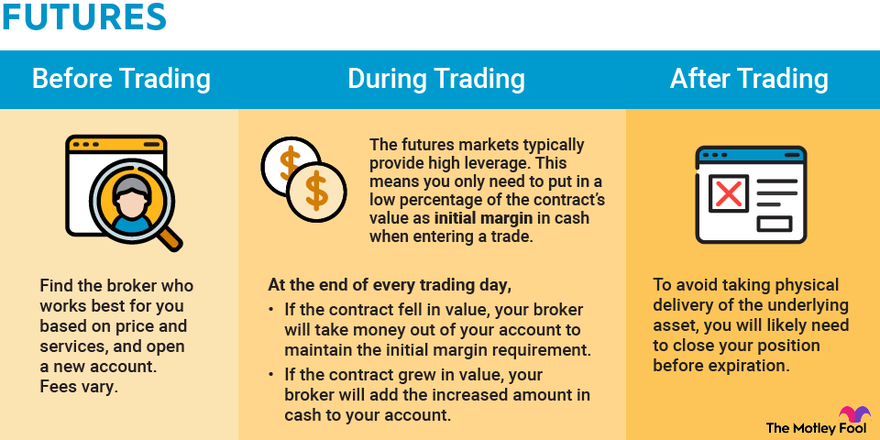Common Mistakes Take Profit Traders Should Avoid
Common Mistakes Take Profit Traders Should Avoid
Blog Article
Take-profit trading is an essential technique for several traders aiming to secure in profits while managing dangers effectively. But, also skilled traders usually make take profit trader that could influence their returns. By getting aware of these popular problems, you are able to refine your strategies and make take-profit trading work to your advantage. Here is a description of the very most regular mistakes to watch out for and how to prevent them.
1. Setting Improbable Profit Objectives
An important error traders produce is setting income targets which are very ambitious. Whilst the goal of take-profit trading is to maximise gets, impractical goals often end in missed opportunities. For instance, as opposed to trying for a reunite that's unlikely within economy situations, traders must analyze old cost movements, trends, and reasonable income margins.
To fix this, arrange your gain targets with market volatility and historic resistance levels. Trying for achievable goals decreases stress and escalates the likelihood of regularly locking in profits.

2. Ignoring Industry Trends
Trading against the marketplace trend is really a formula for deficits, even though take-profit degrees are involved. Some traders collection rigid gain targets without sales for the entire direction of the market. This often contributes to early leaves or missed options to capitalize on substantial price movements.
Guarantee that the take-profit techniques align with prevailing trends. Using methods like moving averages or trendlines will help identify the broader market direction, ensuring you quit trades at maximum levels.
3. Failing to Adjust for Industry Problems
The areas are energetic and continually changing. Maintaining a static take-profit strategy, aside from recent situations, increases the chance of inefficiency. Many traders stick with their original programs even if new knowledge or improvements in economic conditions suggest otherwise.
To handle that, follow a flexible approach. Monitor critical factors like market media, volatility, and macroeconomic indicators. Regulate take-profit levels as new information emerges to ensure they keep relevant.
4. Overlooking Risk-Reward Ratios
A standard error lies in ignoring the risk-reward proportion of trades. Some traders set limited take-profit levels that do not sound right given the total amount at risk. As an example, risking $100 to achieve $50 undermines powerful trading principles.
In order to avoid this error, aim for a risk-reward proportion of at the least 1:2. This means the possible revenue must be at the very least dual the amount you're willing to risk. Subsequent that concept increases the chances of long-term profitability.

5. Emotional Trading
One of the very most detrimental problems in take-profit trading is letting emotions dictate decisions. Anxiety and greed often cause altering take-profit degrees impulsively, which reduces chances of sticking with an audio strategy.
Combat this by counting on stable analysis and sticking to predefined rules. Using automated trading methods may also help eliminate the impact of thoughts by executing trades centered on predetermined criteria.
Preventing these popular mistakes needs discipline, continuous evaluation, and a readiness to adapt. By carefully handling your take-profit strategies, you can enhance your trading achievement and lower pointless losses. Report this page